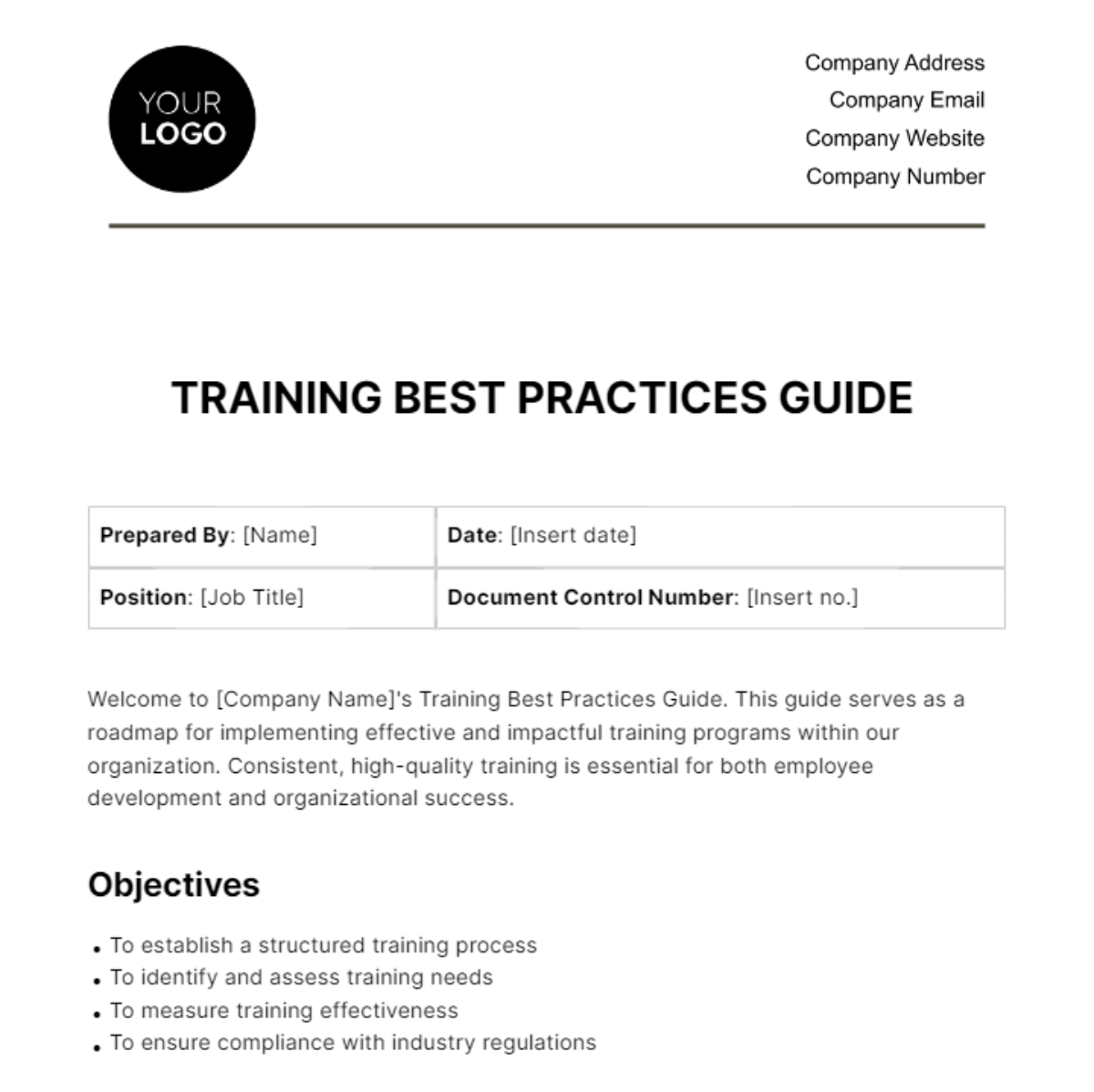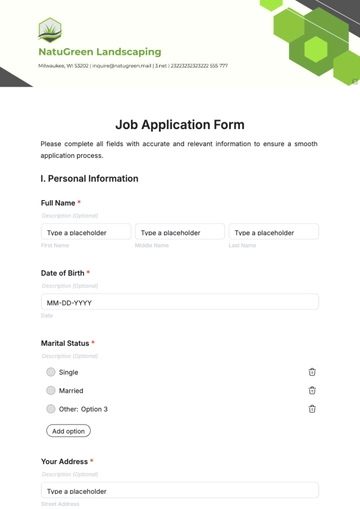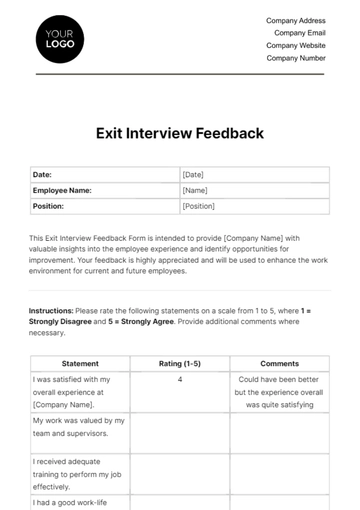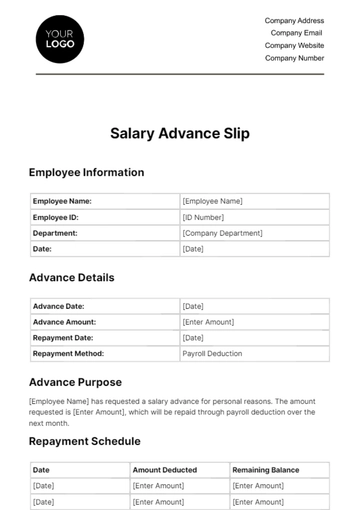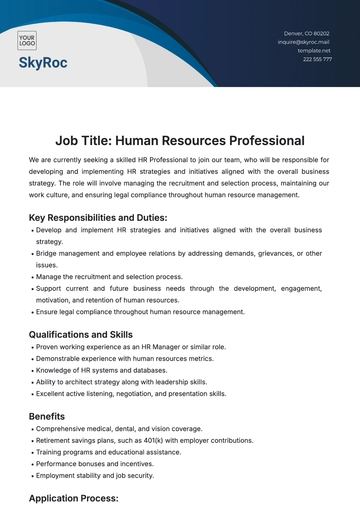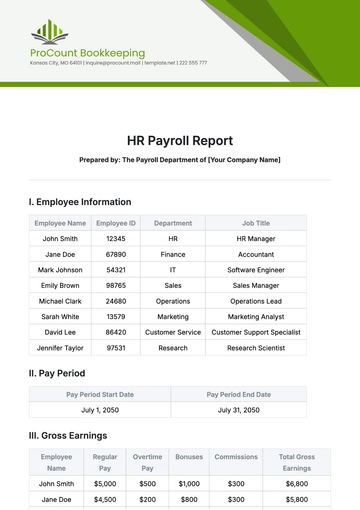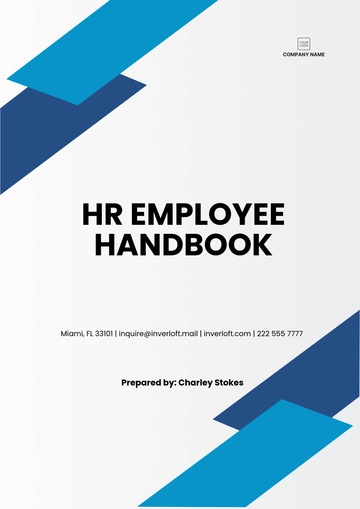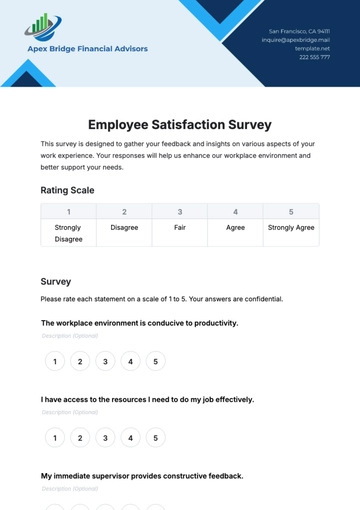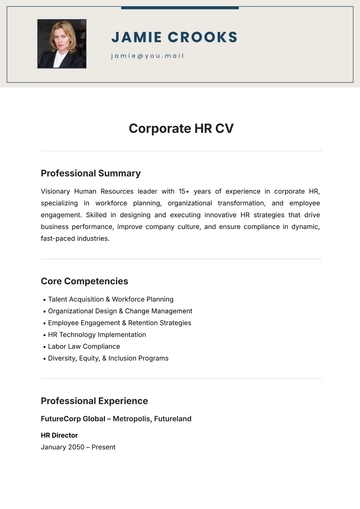TRAINING BEST PRACTICES GUIDE
Prepared By: [Name] | Date: [Insert date] |
Position: [Job Title] | Document Control Number: [Insert no.] |
Welcome to [Company Name]'s Training Best Practices Guide. This guide serves as a roadmap for implementing effective and impactful training programs within our organization. Consistent, high-quality training is essential for both employee development and organizational success.
Objectives
To establish a structured training process
To identify and assess training needs
To measure training effectiveness
To ensure compliance with industry regulations
Scope
This guide applies to all employees, departments, and training programs within [Company Name].
Training Needs Assessment
Purpose | Participants | Data Sources | Process |
Identify skill and knowledge gaps | Employees, managers, department heads | Feedback, trends, goals, compliance | Gather, analyze, identify needs |
|
| | |
|
| | |
Training Methods
Table: Pros and Cons of Training Methods
Method | Pros | Cons |
Online Courses | Flexible, cost-effective | Limited interaction |
Workshops | Hands-on, practical | Expensive |
On-the-Job | Real-world application | No theoretical basis |
Evaluation Metrics
Feedback and Improvement
We encourage continuous feedback through post-training evaluation forms. This allows us to continuously improve our training programs.
Checklist: Post-Training Feedback
Appendix
A. Training Needs Assessment Form
Provided in section 4.
B. Evaluation Form
Metrics | Score (1-5) |
Relevance of Material | 4 |
Trainer Effectiveness | 5 |
Overall Satisfaction | 4 |
For any further queries, contact [Name] at [Personal Email] or [User Phone].
Thank you for adhering to [Company Name]'s Training Best Practices Guide. Here's to achieving the highest standards in training and development!
HR Templates @ Template.net
